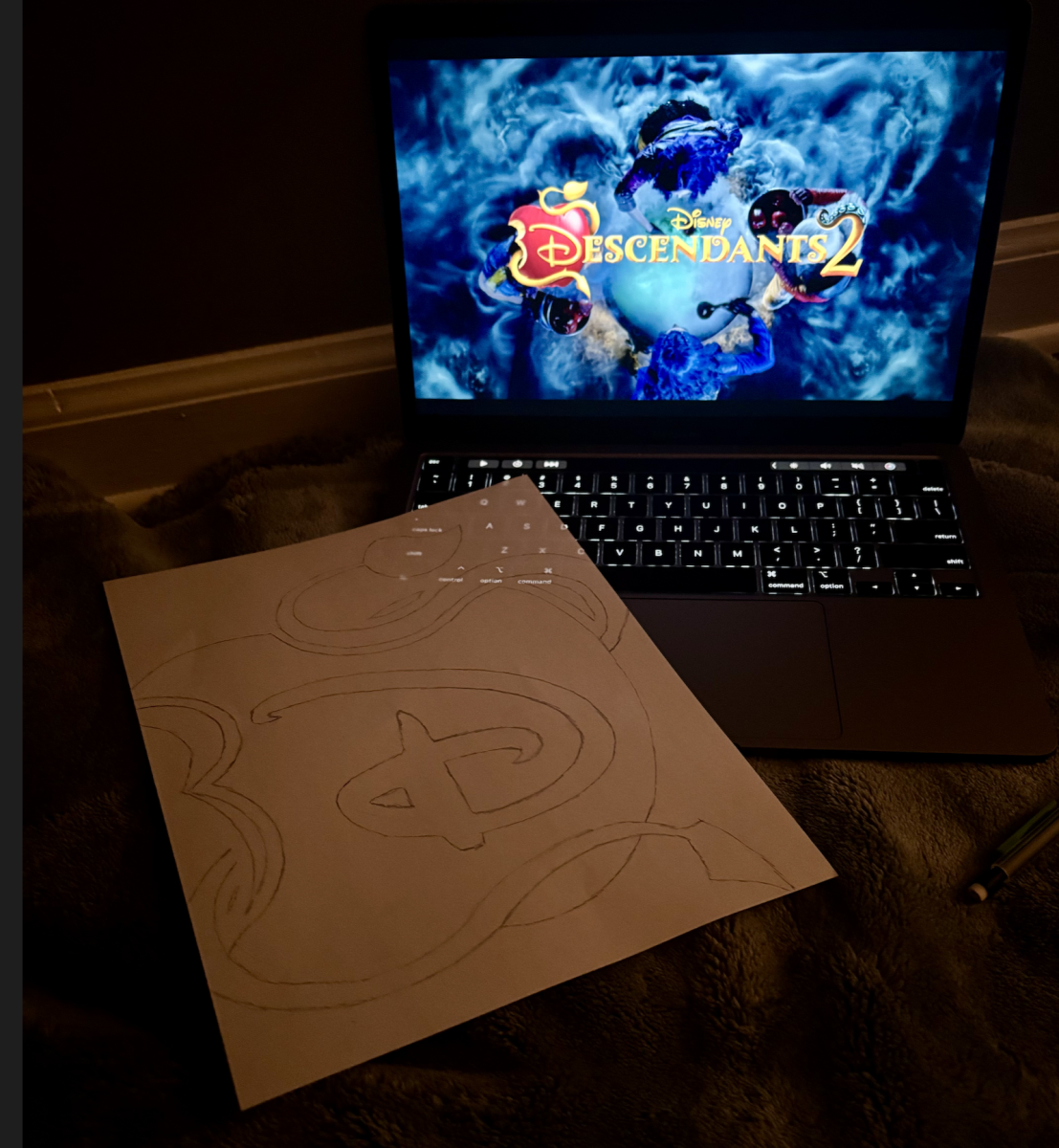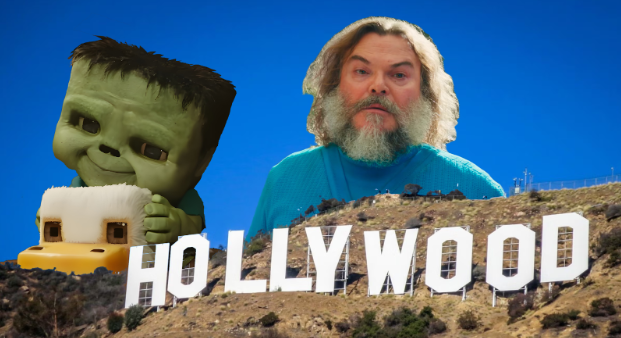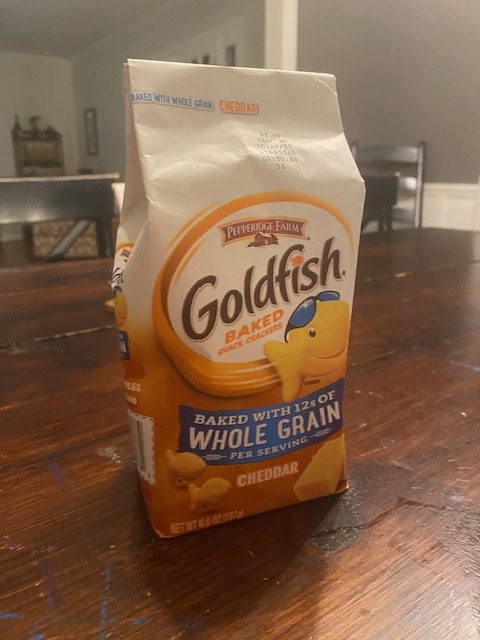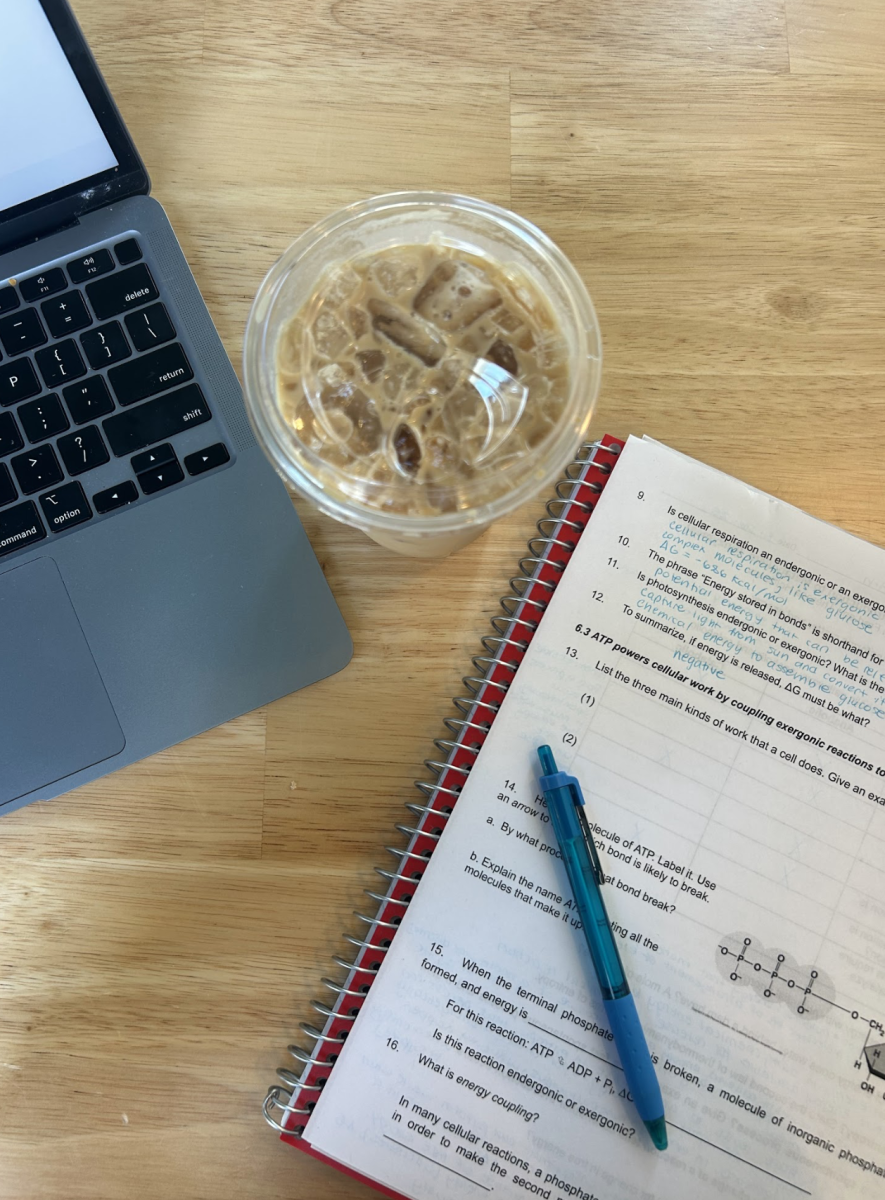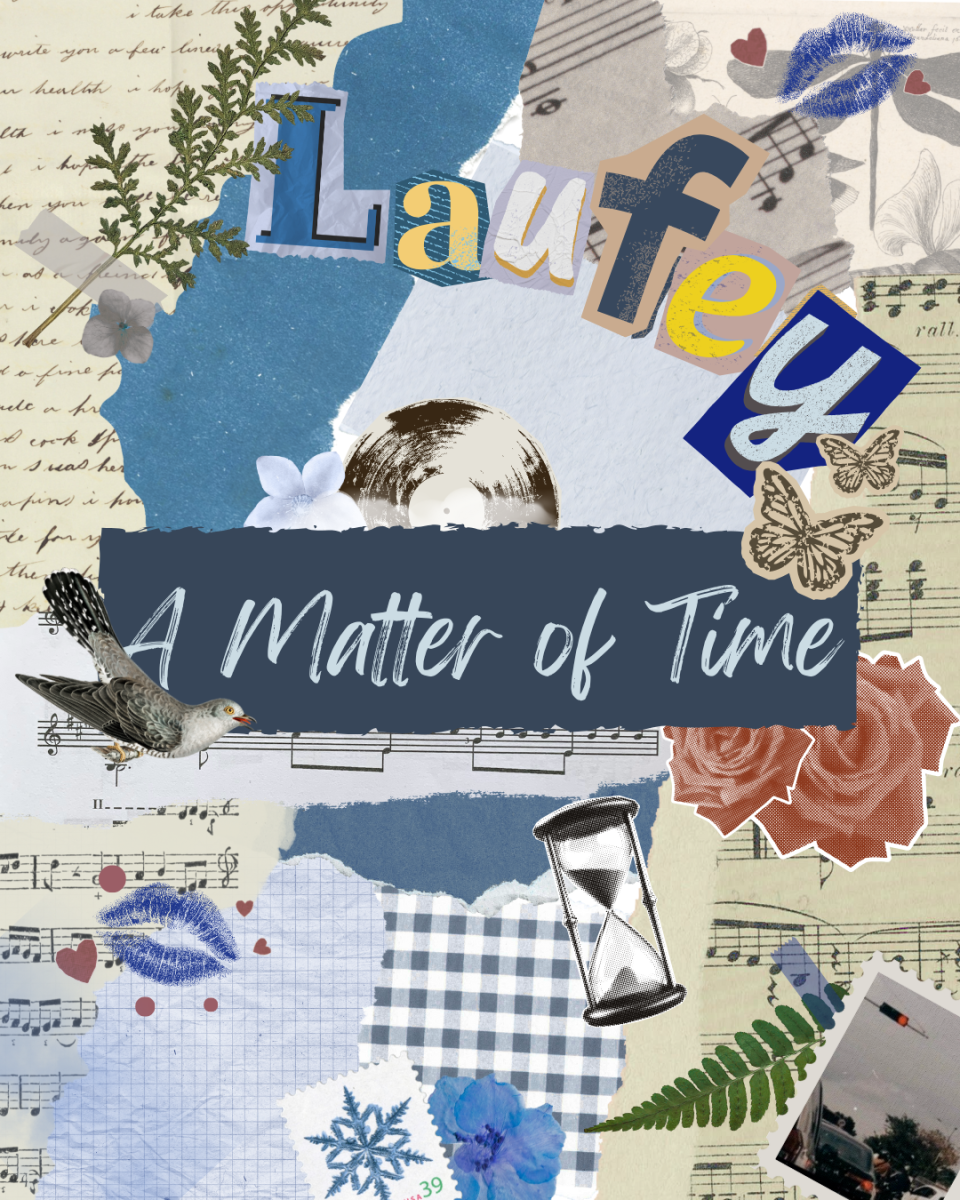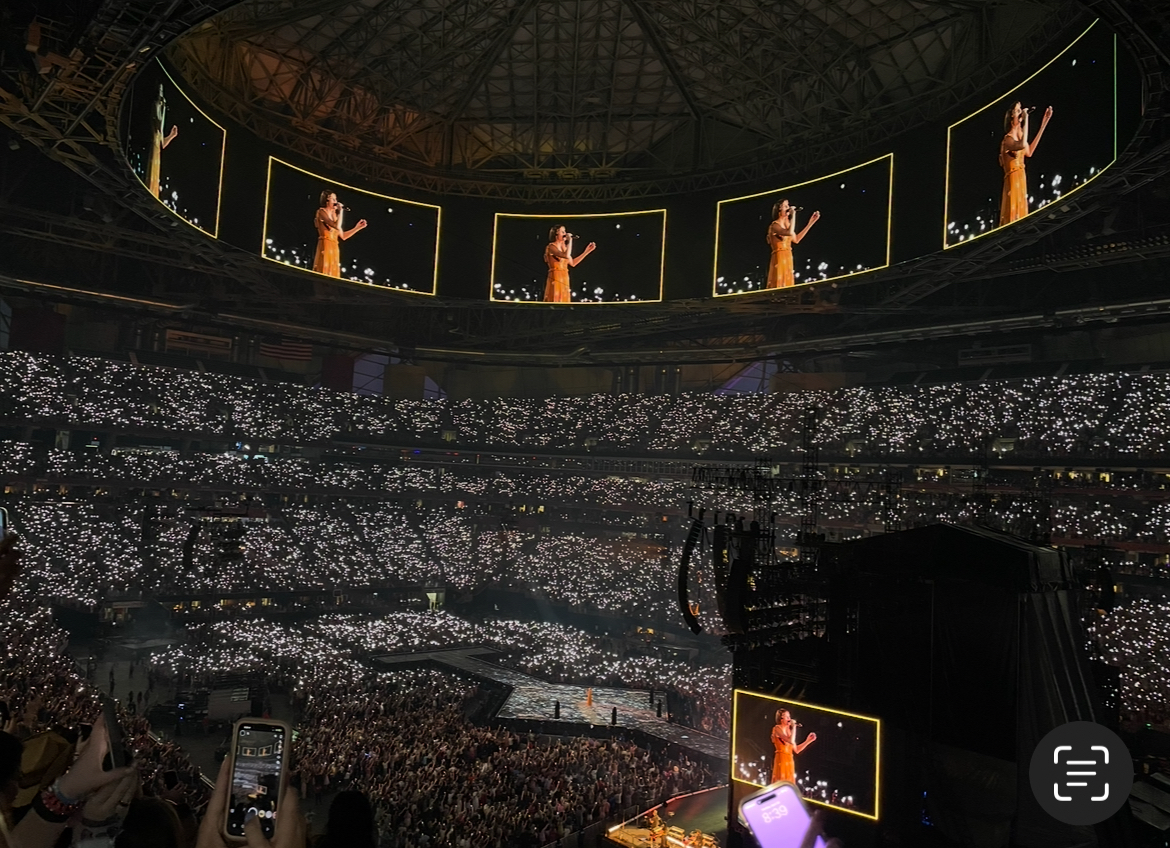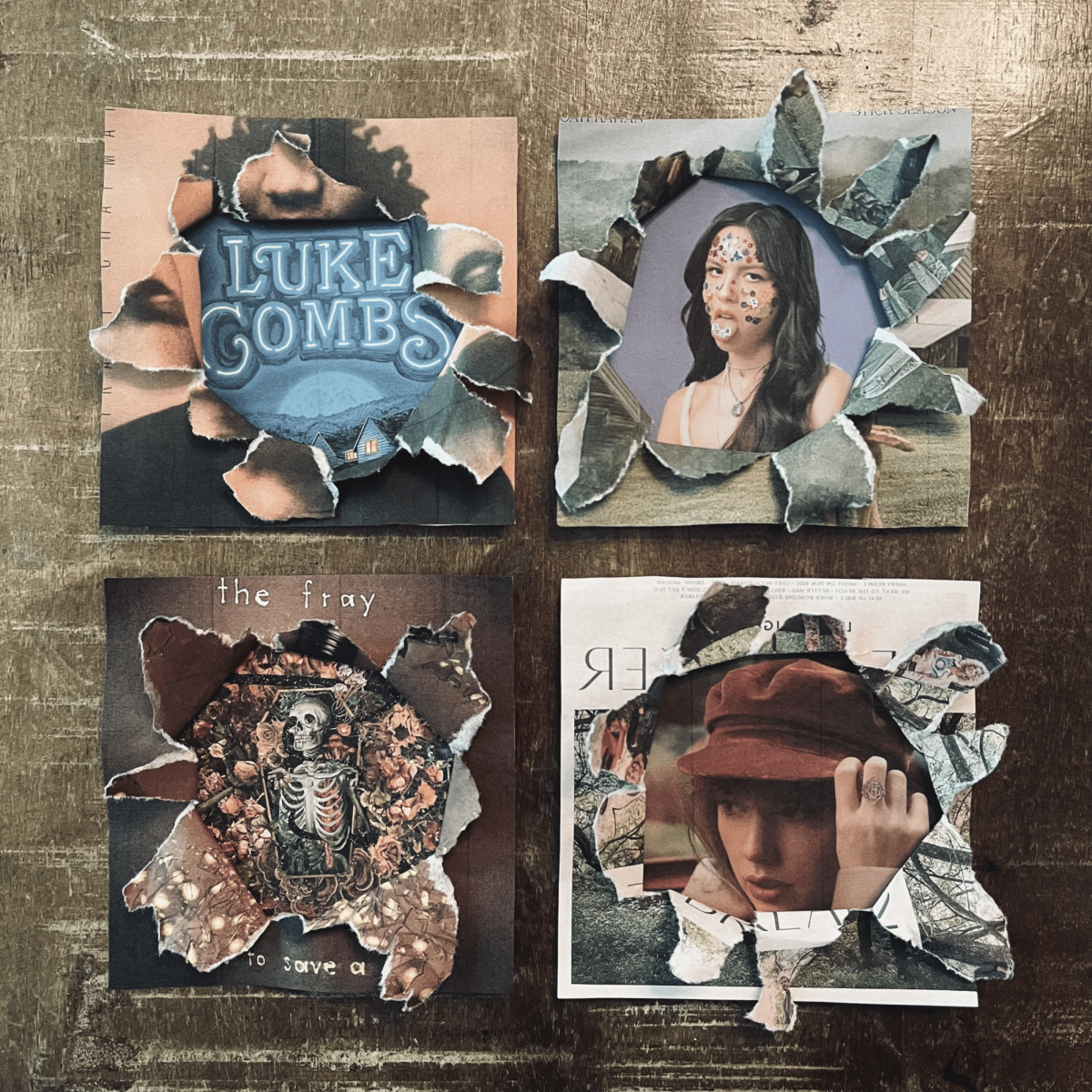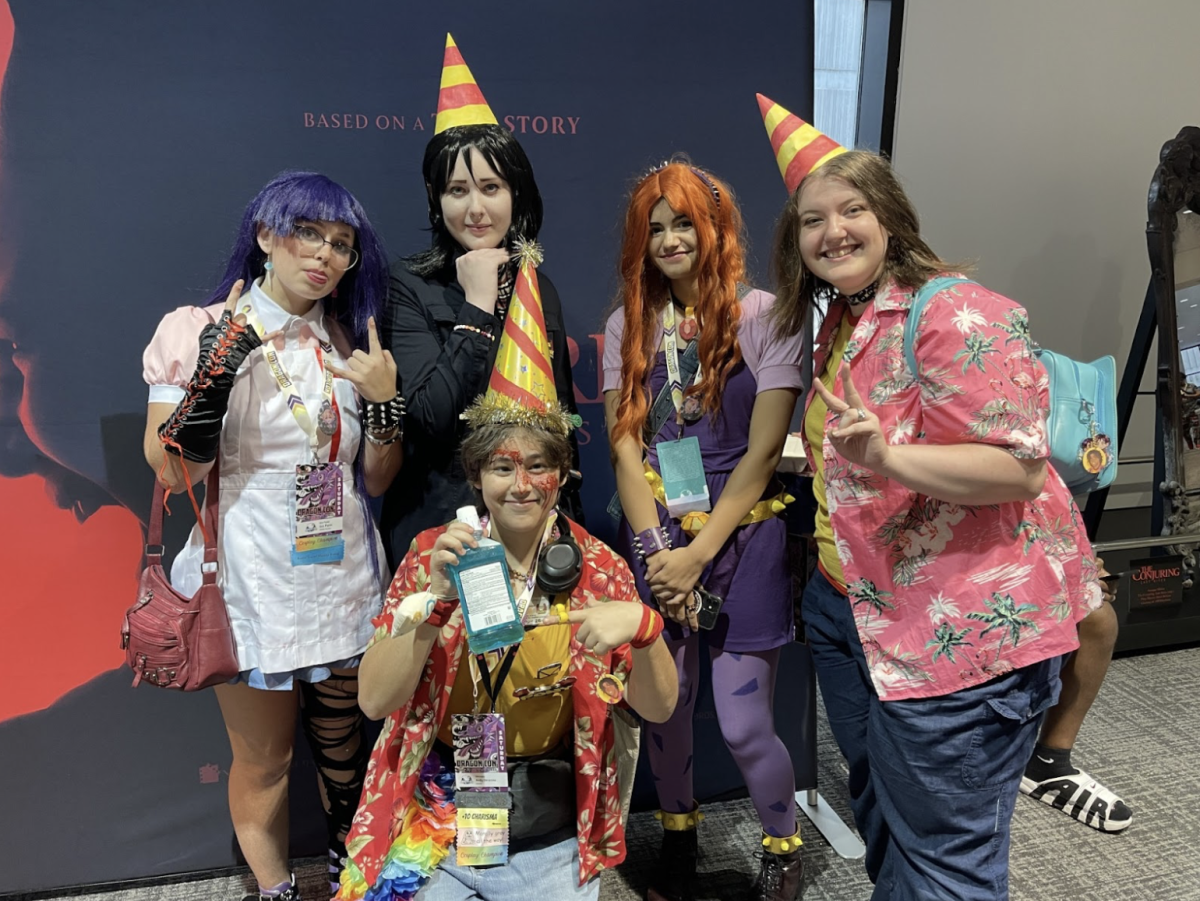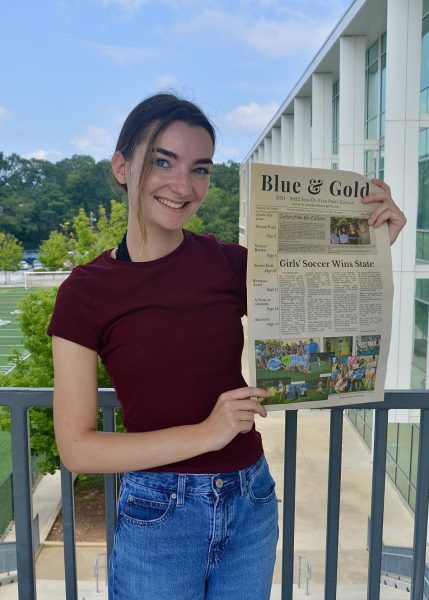Highschoolers across the country are tasked with reading and deciphering The Great Gatsby‘s subtle complexities. With dispersed symbolism and confusing language, the novel is a challenge for many students to understand, and important details are often lost in translation. However, the movie provides a more straightforward way to understand the complexities and important aspects of the story.
The Great Gatsby, the movie, was inspired by the classic American novel by F. Scott Fitzgerald but with a dynamic and colorful twist. Directed by Baz Luhrmann, an Australian writer, director, producer, and actor who thrives on over-the-top and lavish creations, the film reflects the excessive and elaborate nature of the 1920s. A turbulent time period in American history, the 1920s were colored by significant social, economic, and cultural change involving a boom in the economy, a rise in consumer culture, alterations in behavior and manner, and a rise in urbanization. With extensive wealth and materialism highlighted as a major theme, the film exhibits major aspects of the period. However, the movie contrasts the subtleties of the classic novel with in-your-face storytelling and repeated symbolism.
The story itself centers around the narration of Nick Carraway as he becomes involved in the affair between Jay Gatsby and Daisy Buchanan. Throughout both the novel and film, Nick is taken aback by the extravagance of both Gatsby’s and Daisy’s lifestyles and their material possessions. The movie, however, takes a more forward approach, visually depicting this extravagance by surrounding the characters with evidence of wealth and excess. One of my personal favorite moments of the movie is when Daisy and Gatsby reunite at Nick’s house. Gatsby had insisted that Nick allow him to better the ambience of Nick’s living room, proceeding to fill it with an unreasonable amount of flowers. The visual of Daisy surrounded by this massive amount of greenery is so over-the-top and hilarious, especially coupled with Daisy’s dialogue of: “Oh look! Flowers! Are we having a funeral?”
Luhrmann makes a fascinating choice throughout the movie to contrast the timely and vintage aspects of the film with a modern soundtrack. Including songs from artists such as Jay-Z, Lana Del Rey, Beyonce, and Fergie, the film highlights the timeless aspects of themes such as wealth and excess. This addition of contemporary music adds to the relatable aspects of the film and furthers the overall energy, making for a more vibrant feel.
Overall, the film is definitely worth watching due to its dazzling and stimulating imagery as well as its creative and entertaining take on the classic novel. Whether or not you need to understand the story for a High School English class or merely wish to be immersed in a classic novel through a dynamic and modern viewpoint, Luhrmann’s rendition of the story is nothing short of awe-inspiring.

